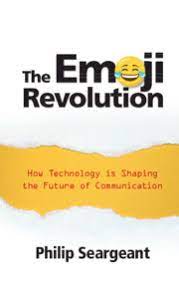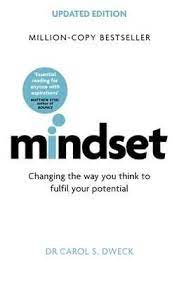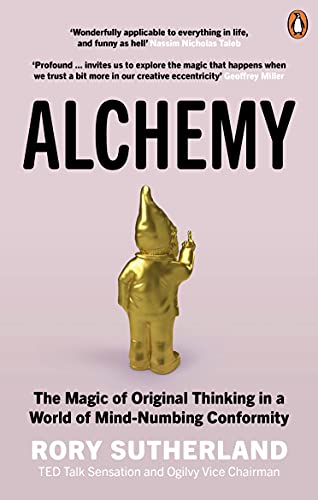As Rory Sutherland says on the cover, price is “the most understudied, undervalued and oversimplified subjects in business decision-making”. The Psychology of Price by Leigh Caldwell provides a clear, comprehensive and usable guide to pricing from the perspective of human behavior, and is really the only book of its kind on this topic.
Leigh Caldwell describes a range of pricing tactics through the lens of behavioural economics and human cognitive biases, interweaving these lessons with a story about the Chocolate Teapot Company and Maggie, who builds the company into a successful business by applying a range of pricing strategies and tactics to maximize demand and profitability for her innovative infusions of chocolate and tea.
The book starts with first steps to using price as the core of a product’s positioning, leading into segmentation of a market and followed by many specific pricing techniques to address different challenges that happen during a product’s lifecycle. At the core of these lessons are seven principles with the first and most important being that “pricing should be based on the value to the customer, not the cost to you”.
As Leigh Caldwell points out in the first chapter, when customers first find a new product or service, they really don’t have much idea of what it might be worth, and their expectations are therefore shaped by the “frame of reference” in which they see it, something that a business can control. In the case of chocolate teapots, is the main reference point teabags or a cappuccino from a local coffee shop? The reference point makes all the difference to what price point is appropriate.
He then goes on to explain the difference between cost-based and value-based pricing, demonstrating that while pricing should always be above the cost of production, this is a minimum pricing and not necessarily the best one. He then goes on to show how offering different options for different segments can help companies provide relevant products across a number of different needs and segments so that the customer can select which one is the most suitable for them (as Coca-Cola do in their packaging and channel strategy).
In Chapter 4, there are some good tips for researching price with customers, many of which focus on creating realistic scenarios for the customer to react to. Leigh Caldwell also offers good advice for how to manage price increases by mediating the changes with other changes in packaging or by providing diversionary discounts. He discusses the role of anchoring in decision-making, and most especially the importance of offering options including “decoys” or options that are not chosen but help in the decision-making process by clarifying the key dimensions of difference.
Of course, when products are similar, then price does become the key point of difference, leading naturally to a decision of whether to position your offer as better or cheaper. Decoys can even work in business-to-business situations as he explains with a case study.
In other chapters he discusses the behavior of “hyperbolic discounting” and how pushing payment into the future can take away the “pain” of purchase and resistance to buying. All purchase decisions are essentially the weighing of the pleasure of ownership versus the pain of paying, so anything that you can do to maximize the perception of pleasure and minimize the pain of obtaining the pleasure helps to encourage purchase.
Other behavioural tactics that are discussed include peer or social effects, reciprocity, satisficing and bundling. He also covers the powerful impact of “free” as part of a bundle (“free” is the ultimate in pleasure with no painful downside). In later chapters, the author discusses the application of the different pricing techniques in situations of giving (i.e., for charities) and some of the ethical and moral questions that are raised by questions of pricing, although I felt the book tailed off a little in the final few chapters.
Overall, this is a great read for anyone interested in psychology and behavior and should be on the reading list of anyone involved in pricing strategy in business, as it provides clear and practical advice and examples for applying psychology to the business of creating value. The biggest way to impact your bottom line in business is to change your pricing strategy and this book demonstrates how this can be done to maximize your returns and keep your customers happy.
[This article was first published by Asia Research Online.]
REFERENCE
The Psychology Of Price: How to use price to increase demand, profit and customer satisfaction by Leigh Caldwell








